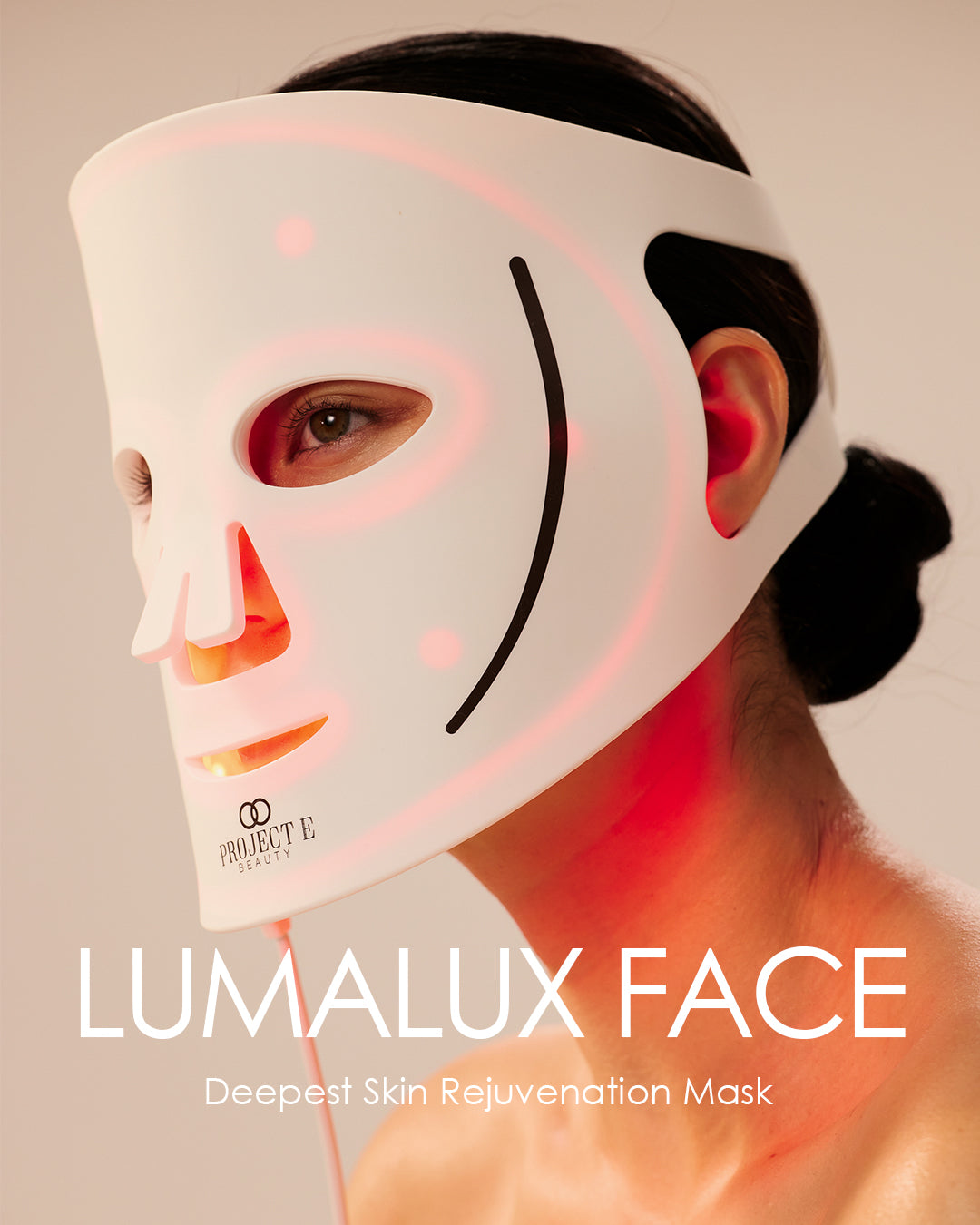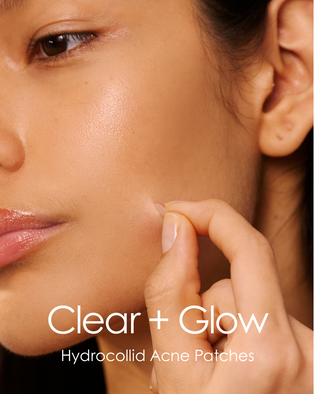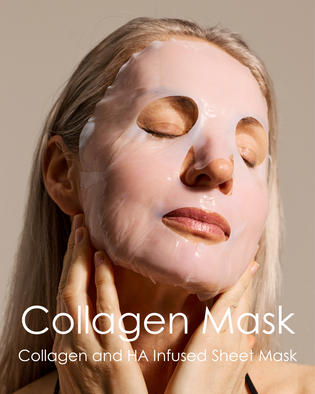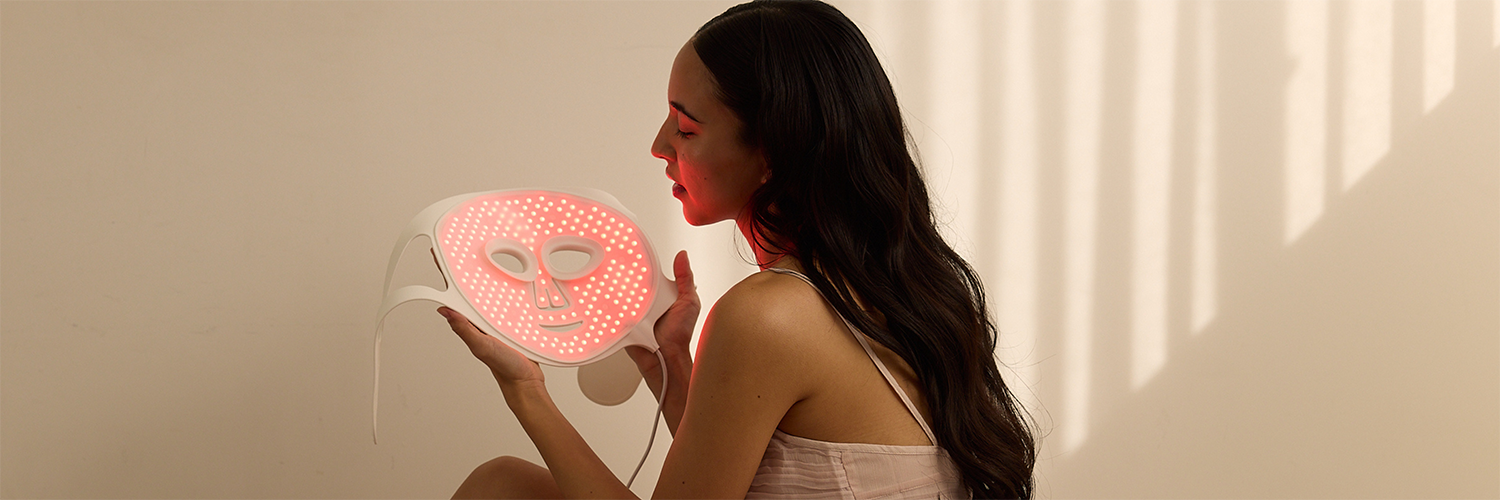
Understanding Red Light Therapy Wavelengths
Key Takeaways
- Not all red light wavelengths have a positive physiological effect on the body
- 630nm and 660nm are most effective for skin rejuvenation, anti-aging and collagen production
- 650nm wavelength is the best for hair growth
- The deeper the wavelength, the deeper it penetrates the skin
- Deeper wavelengths are not always better, and light must reach the cell at the correct point
- 680-700nm red light wavelengths are not considered to fall within the therapeutic window are not commonly used
What Are Red Light Therapy Wavelengths?
Not all LED light therapy devices are created equal, and the wavelengths and power density typically determine your treatment's effectiveness. Similarly, not all LED light therapy wavelengths are created equal, and specific wavelengths are designed to treat specific concerns.
The red light spectrum spans from 600 to 700nm, but some wavelengths along this spectrum are not as beneficial as others for treating common concerns. For example, the 630nm wavelength penetrated deep enough to target fine lines and wrinkles, while the 650nm wavelength is most effective at promoting hair growth, and 610nm is not commonly used as it is not effective at penetrating the skin at the correct depth to trigger any cellular change. Colors need to be the correct length to be properly absorbed by the mitochondria to trigger sufficient cellular change. So, while a device may be marketed as a ‘red light therapy’ device, it may not emit the correct wavelengths for a targeted treatment.
Below, we’ll walk you through the specific red light wavelengths, allowing you to determine the most appropriate light wavelength for your specific skin or health goals.
The Light Spectrum
 This post focuses on the red light spectrum of 600-700nm. As touched on, the entire light spectrum may not have therapeutic benefits. We will examine in more detail the red light wavelengths that have been examined and validated through randomized controlled trials, clinical studies, and peer-reviewed research. Wavelengths with specific physiological benefits are collectively referred to as ‘the therapeutic window’.
This post focuses on the red light spectrum of 600-700nm. As touched on, the entire light spectrum may not have therapeutic benefits. We will examine in more detail the red light wavelengths that have been examined and validated through randomized controlled trials, clinical studies, and peer-reviewed research. Wavelengths with specific physiological benefits are collectively referred to as ‘the therapeutic window’.
The LED Light Therapy Mechanisms

LED light therapy promotes skin renewal by enabling cells to absorb targeted light wavelengths. Human cells absorb light particles called ‘photons’. Skin cells transform light energy into ATP, the energy currency of the cell. ATP (adenosine triphosphate) provides our cells with the necessary energy to perform cellular processes such as collagen and antioxidant production, better hydration and moisture retention, wound healing, and an improved skin barrier. As we age, cells produce less energy, which leads to a decline in collagen production, an increase in pain and inflammation, slower wound healing, and hair thinning. Our cells require a little energy boost to help better perform these processes and slow the effects of aging on the body. That’s where red light therapy comes in.
The Red Light Therapy Spectrum 600-700nm

600-610nm: This wavelength falls outside the 'therapeutic window' because it is too short to penetrate the dermis as effectively as other wavelengths. There are few scientific studies focused on this wavelength alone, and it is not considered the gold standard for achieving outcomes associated with red light therapy.
620nm: For very superficial skin concerns, this wavelength may be ok. Interestingly, there was one study conducted on 620nm wavelengths and 875nm that determine that red light could be beneficial in maintaining normal vision; a reduction in axial shortening was observed in 77% of individuals with non-myopic eyes (no significant nearsightedness) and 41% of individuals with myopic eyes (near sightedness). There was no significant change with the infrared 875nm wavelength. Another study on the eye, while there may be wider applications for this wavelength, they haven't been properly explored yet. LED light therapy should always be used under medical supervision and not with an at-home device to treat eye concerns.
630 and 633nm: This wavelength falls within the ‘therapeutic window’, and much of the research on red light therapy is focused on this particular wavelength. It is particularly beneficial for the treatment of fine lines and wrinkles, sagging, collagen synthesis, sun damage, and dark spots, as well as chronic skin concerns such as psoriasis, eczema and rosacea, and dermatitis
Other studies have shown positive outcomes in terms of reversing sun damage and protecting the skin from UV radiation, the reversal of scarring, skin rejuvenation, soothing sensitive skin, blood regulation, aiding in fat loss, hair growth, joint health, immunity, and muscle recovery after strenuous exercise.
While there are some concerns that red light therapy may aggravate melasma, this review demonstrates that specific 630nm wavelengths are effective for modulating tyrosinase activity (the enzyme responsible for melanin production), influencing gene expression, and impacting protein synthesis in the melanocytic pathway (the biological pathway involved in melanin production). These factors contribute to reducing melanin content in the skin, helping to lighten and disperse melasma.
630nm wavelengths are clinically proven to boost major proteins such as collagen, elastin, and hyaluronic acid. And also play a role in tendon healing and fibroblast proliferation
This wavelength is also linked to brain health, with one study concluding it was effective in reducing stroke-induced tissue damage and improving neurological function. It was found more effective than the 850 and 940nm infrared wavelengths.
It is effective in the treatment of acne, particularly when combined with blue light. Some of the studies have this wavelength combined with others, such as with 940nm LEDs, and this study where it was combined with 680nm and 760nm, so it can sometimes be difficult to isolate the effectiveness of a single wavelength.
It is clear that the 630 and 633nm wavelengths are incredibly powerful and far-reaching, with multiple benefits for skin and overall health. Depending on your specific goals, a red light therapy device with 630/633nm is recommended for deeper skin rejuvenation and some health applications, as demonstrated.
640nm - This wavelength is most associated with muscle recovery and athletic performance, and pain management.
650nm - This wavelength is particularly adept at regulating hair follicle development and hair growth, with one study showing an estimated 23.6% increase in hair growth compared with the negative control group. Another study showed that a 655nm wavelength had a twofold effect on hair growth by
- Enhanced hair shaft elongation: This indicates that the treatment promoted hair growth by lengthening the hair shafts.
- Reduced catagen transition: The catagen phase is when hair follicles transition from the growth phase (anagen) to the resting phase (telogen). The treatment delayed or reduced the catagen transition, which means the hair follicles stayed in the active growth phase (anagen) longer, promoting sustained hair growth.
Look out for hair growth devices with a 650nm wavelength to ensure the most targeted and data-backed treatment.
660nm - As with the 630nm wavelengths, 660nm is one of the most widely studied red light wavelengths, with much of the clinical research focusing on its benefits in improving health and appearance. While both 630 and 660nm wavelengths have broadly similar applications,s 660nm penetrates slightly deeper, and its benefits lean more toward the health and wellness side than purely aesthetic outcomes. It still, however, has aesthetic applications and vice versa.
A good rule of thumb would be if your main concern is superficial and dermal level skin concerns such as collagen production and fine lines, with a secondary aim to improve health outcomes such as pain and inflammation, invest in 630nm device, but if you primarily want to imrpove health outcomes with a secondary goal to imrpove skin appearance 660nm should be your choice. However, if the device also has infrared or deep infrared like the LumaLux Face+, either of these red light wavelengths is suitable.
660nm wavelengths are clinically proven to boost collagen, boost circulation, reduce pain and inflammation, support bone repair, it has even been shown to improve cognitive function in those with Alzheimer's Disease. One study showed an improvement in msucle, bone and joint recovery in stroke patients. It plays a role in regulating blood pressure by restoring nitric oxide levels, reducing oxidative stress, and improving endothelial function. It has also been linked to treating acne and acne scarring when combined with blue light wavelengths.
Similar to 630nm wavelengths, it has been shown to reduce melasma, treat dermatitis and scarring, and provide skin rejuvenation and protection from UV damage.
More ‘wellness’ focused studies have revealed the power of the 660nm, including an improvement in heart health, positive impacts on immunity, wound healing, optimization of muscle performance, improvements in the nervous system, pain
and wound healing , ATP production and cellular energy
670nm red light wavelengths are less commonly used for skin-related concerns, but there is some emerging evidence that they could have a positive impact on eye health by improving nerve function. At home, red light devices should not be used directly on the eye, and any light therapy treatments for eye health should be conducted under the supervision of a medical professional.
680nm - still within the therapeutic window but less commonly used in at-home LED light therapy devices as the research on 630nm and 660nm is more robust.
690-700nm is not considered to fall within the therapeutic red light window.
The Takeaway: Red Light Therapy Wavelengths
Understanding that not all red light wavelengths trigger the same physiological responses is important when choosing the best LED mask or device for your specific concerns.
Selecting the appropriate wavelength can dramatically impact the effectiveness of your treatment. The therapeutic window refers to the part of the red light spectrum with proven, results-based science behind it. The window spans from 620-680nm, but some points along the spectrum are more beneficial than others, such as 650nm wavelengths for hair growth, 630nm wavelengths for collagen production and skin healing, and slightly deeper 660nm for collagen production.


written by Olivia Khader














Leave a comment
This site is protected by hCaptcha and the hCaptcha Privacy Policy and Terms of Service apply.